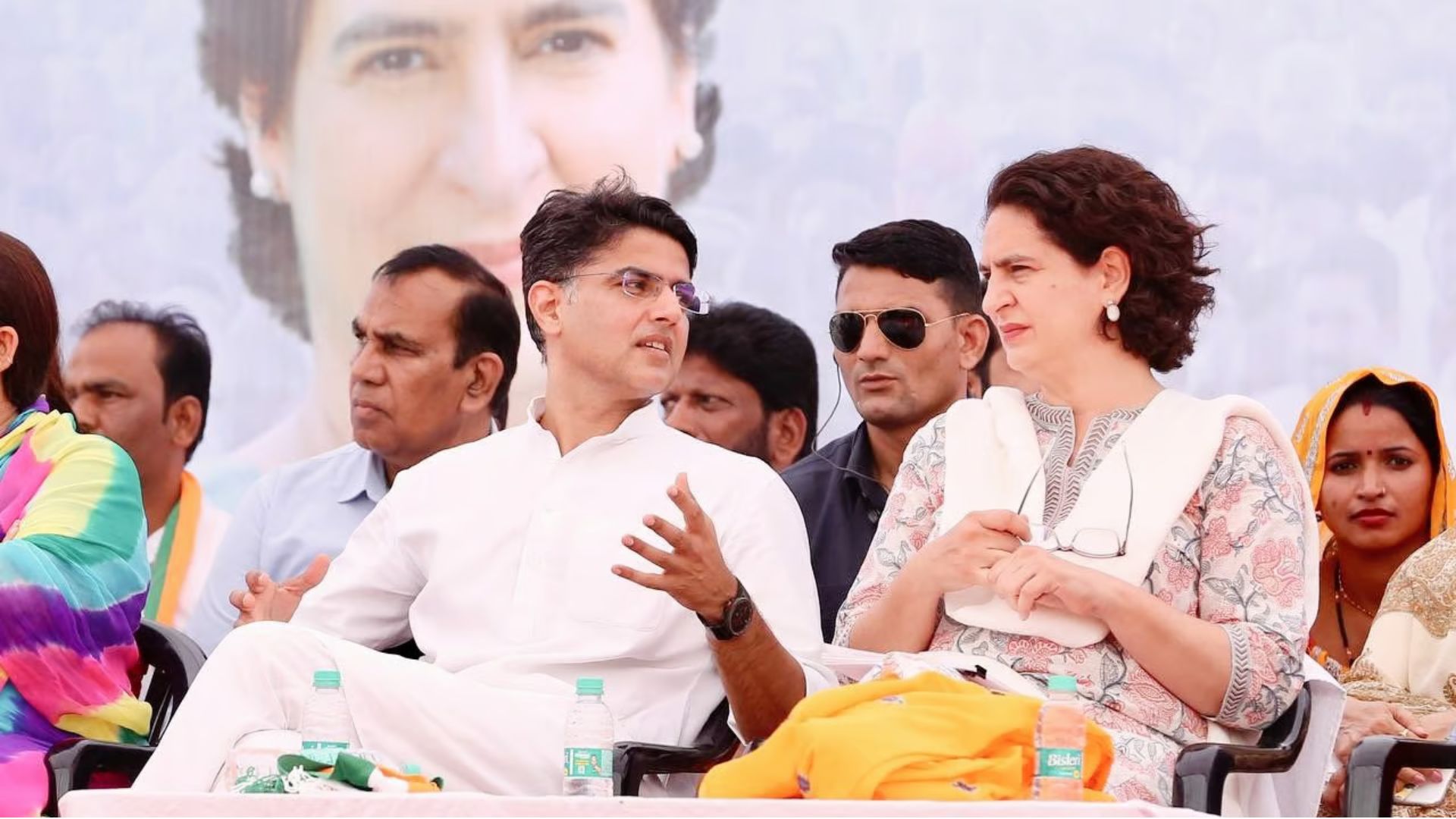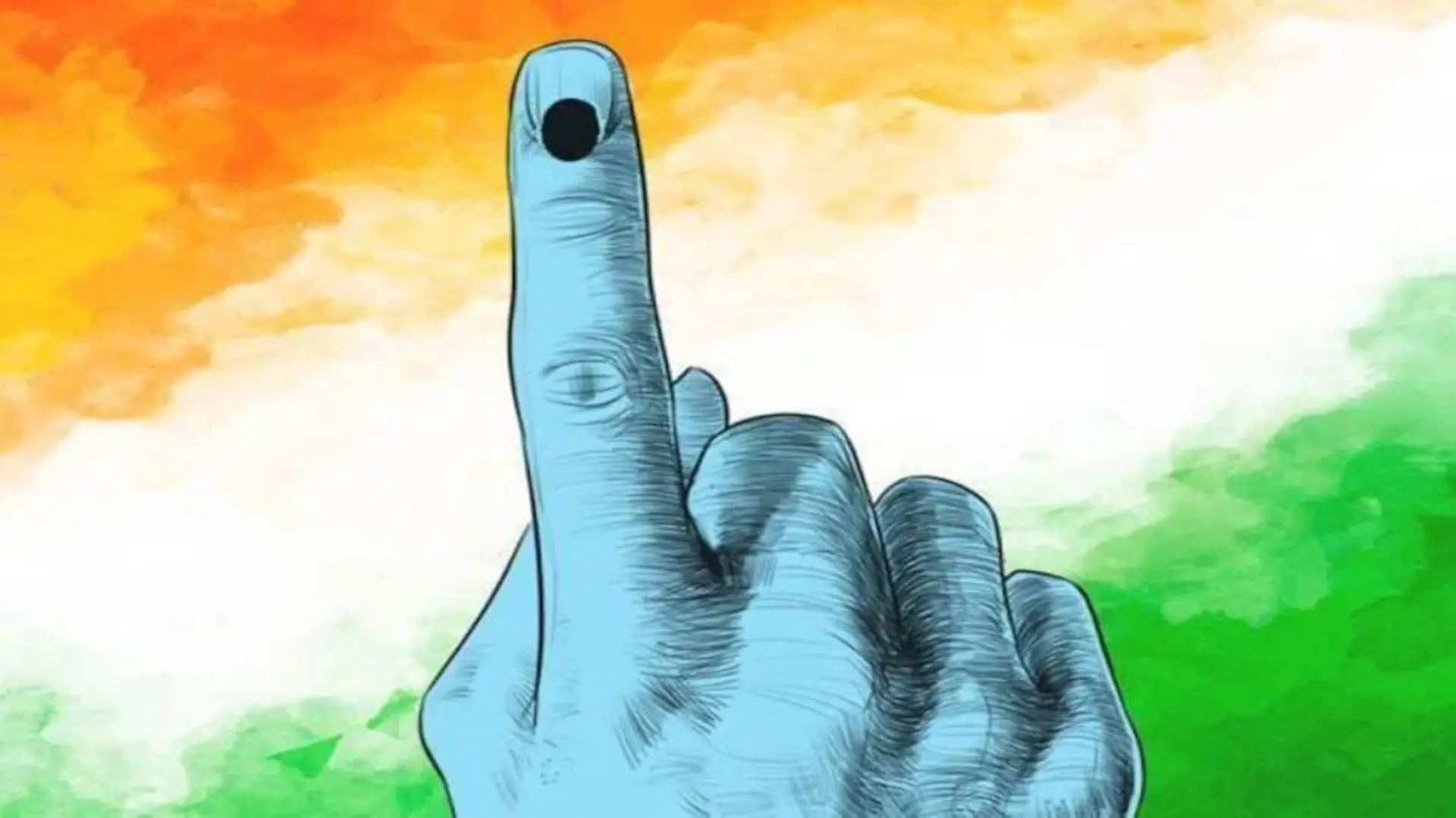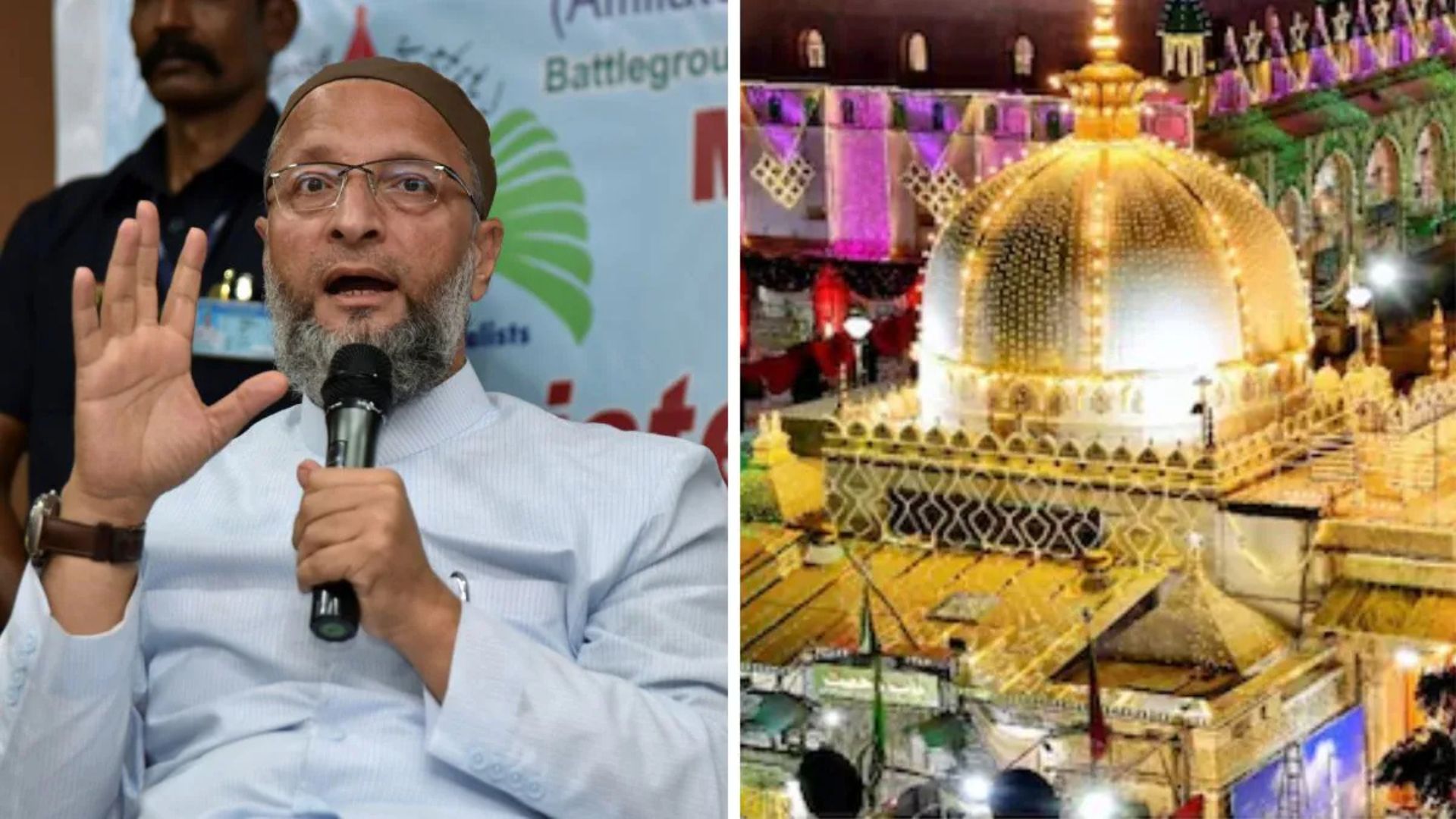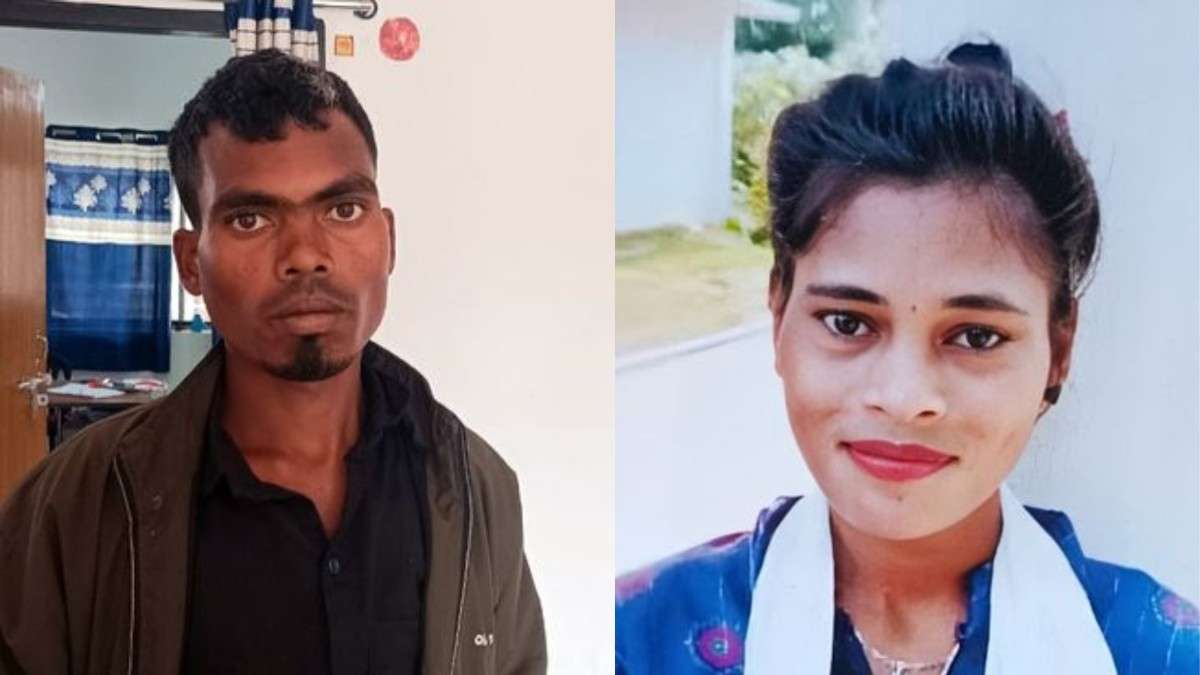
The National Army Museum is now commemorating the crucial role the British Indian Army played during World War One through a temporary exhibition titled “British Indian Army: Soldiers of the First World War.”
The show, which was developed in collaboration with the United Service Institution of India, “looks at the history of the British Indian Army and its Indian soldiers in the First World War,” according to Julian Farrance, the museum’s liaison officer. It emphasizes their “absolutely vital” contribution on numerous fronts and campaigns, he insisted.
As Farrance noted, some of the National Army Museum’s earliest collections were of Indian soldiers. “The history of the British Indian Army is very key to the National Army Museum,” she said.
In this temporary exhibition, “we wanted to look specifically at that, and particularly at the history of the First World War,” he said.
The Great War (also known as World War I) saw about 1.4 million Indian men enlist, making it the greatest volunteer force ever to be created. Their crucial service from 1914 to 1918 in famous theaters like the Western Front, Gallipoli, and Mesopotamia as well as less well-known Asian fronts is vividly depicted in the exhibition.
The exhibition, which includes images, copies of works of art, documents, and medals belonging to Indian soldiers, demonstrates how “We (Great Britain) would not be able to prosecute the war in the way that we do without their contribution,” as Farrance stressed.
Farrance acknowledged that the contribution of Indian troops is “a subject that tends to be overlooked” in the UK’s collective memory of the conflict, but he added: “Looking at that contribution and putting it into these kinds of exhibitions is something we do very regularly at the museum to provide a more complete historical picture.”
“Throughout its lengthy history, the British Army has received troops from a wide range of nations. The contribution of Indian soldiers, however, is one of the most significant ones, according to Farrance, who also noted that the museum frequently emphasizes the British Indian Army’s contribution.
The exhibition, which features a significant aspect of the museum’s beginnings and collections, debuted in August and will remain open until November 5.














